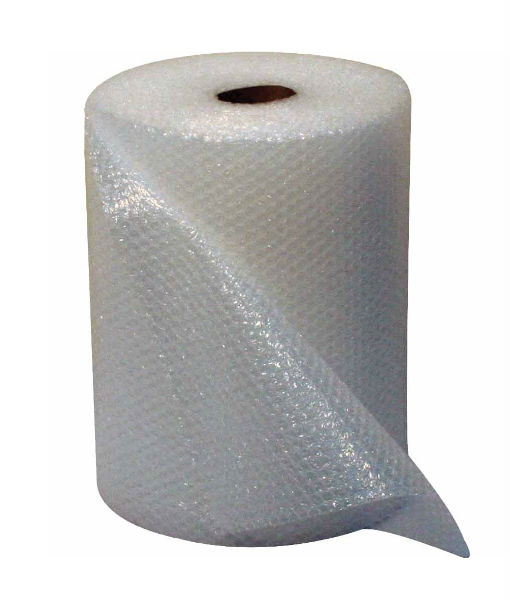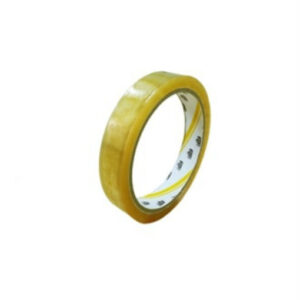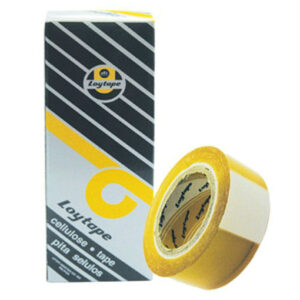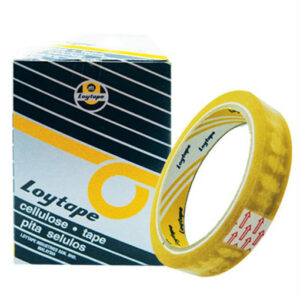What is Bubble Wrap?
Bubble wrap is a pliable, air-filled plastic material that is used primarily for protecting items during shipping or storage. It consists of a plastic sheet that is lined with air bubbles, which provide cushioning. The material was originally invented in the 1950s as a wallpaper, but soon its potential as a protective packaging material was realized, and it became widely used in industries ranging from electronics to pharmaceuticals.
The small air pockets in bubble wrap offer an effective shock-absorbing mechanism, making it a go-to solution for ensuring the safe transportation of delicate items.
Specifications of Bubble Wrap
The specifications of bubble wrap can vary depending on the intended use and the level of protection required. Here are some key specifications to consider when choosing bubble wrap:
1. Material
Bubble wrap is typically made from polyethylene, a durable, lightweight plastic that is resistant to moisture and is flexible enough to cushion fragile items effectively. Polyethylene is also recyclable, making bubble wrap an environmentally friendly option, especially for businesses and individuals who prioritize sustainability.
2. Bubble Size
The size of the bubbles in bubble wrap varies, with options ranging from small bubbles (typically 10-12mm in diameter) to large bubbles (25mm or more in diameter). The size of the bubbles determines the level of protection provided:
-
Small Bubbles: Suitable for lightweight or delicate items such as glass, jewelry, or electronics.
-
Large Bubbles: Provide more cushioning for larger or heavier items, offering enhanced shock absorption for items like furniture or appliances.
3. Thickness
The thickness of bubble wrap can also vary, with common thicknesses ranging from 1/16 inch to 1/4 inch. Thicker bubble wrap offers increased protection for heavier or more fragile items. Thinner wraps are typically used for lighter objects and for wrapping around irregular shapes.
4. Roll Length and Width
Bubble wrap is sold in rolls of varying lengths and widths, with standard widths usually ranging from 12 inches to 60 inches. The length of the roll can also vary, typically ranging from 50 feet to 250 feet, allowing for flexibility depending on the volume of items that need to be wrapped. Pre-cut sheets are also available for quick and easy use in specific applications.
Benefits of Bubble Wrap
The widespread use of bubble wrap is attributed to its numerous benefits, which include:
1. Excellent Cushioning and Protection
The primary benefit of bubble wrap is its ability to protect fragile items from damage during shipping, handling, or storage. The air pockets absorb shocks and vibrations, preventing dents, scratches, or cracks to items like electronics, glassware, and ceramics. This makes it ideal for shipping delicate items over long distances.
2. Lightweight and Cost-Effective
Despite its protective properties, bubble wrap is lightweight, which helps minimize shipping costs. It adds minimal weight to packages, making it a cost-effective option for packaging. Additionally, because it is relatively affordable compared to other forms of protective packaging, bubble wrap provides an economical solution for both individuals and businesses.
3. Easy to Use
One of the key advantages of this is its ease of use. It can be easily cut to size, wrapped around items, and sealed with tape. Its flexibility allows it to be used for a wide variety of shapes and sizes, making it a convenient packaging material for a range of products.
4. Reusable and Environmentally Friendly
Many types of bubble wrap are made from recycled materials and are also recyclable, making them an environmentally responsible choice for packaging. Additionally, bubble wrap is reusable. It can be saved and repurposed for future shipping or storage needs, further extending its value.
5. Noise Reduction
The air-filled pockets in this also serve as a sound dampening feature. This can be beneficial for items that might be sensitive to noise or vibrations, such as musical instruments, delicate electronics, or machinery components.
Applications of Bubble Wrap
This is widely used across a variety of industries for different purposes. Below are some common applications:
1. Shipping and Packaging
The most common application of this is in shipping and packaging. Businesses involved in e-commerce or logistics regularly use bubble wrap to ensure that products are protected during transit. This includes items like electronics, glassware, artworks, and fragile components.
2. Moving and Storage
When moving or storing items, this is a crucial material for protecting furniture, appliances, and fragile goods. It provides a cushioning effect that prevents damage from impacts, scratches, or moisture, especially during long-distance moves.
3. Retail Packaging
In retail, products like jewelry, cosmetics, electronics, and small accessories are often packaged with this to ensure they arrive in good condition. Retailers may also use bubble wrap for protecting inventory stored in warehouses.
4. Art and Antique Protection
this is frequently used for artworks, antiques, and collectibles to provide superior protection against damage during shipping or when stored in a gallery or museum setting. Its cushioning properties help prevent impact damage, ensuring valuable items are kept safe.
5. Craft and DIY Projects
In crafting and DIY projects, this can also be used creatively for various purposes, such as printing or creating texture on paper. Additionally, it is used to protect craft supplies and fragile materials during transport.
How to Choose the Right Bubble Wrap
When selecting the right bubble wrap for your needs, consider the following factors:
-
Item Size and Weight: Choose this with the appropriate bubble size and thickness for the item you are protecting. Larger or heavier items typically require larger bubbles or thicker wraps.
-
Duration of Use: If you need to store items for an extended period, opt for thicker this or double-wrap fragile items for additional protection.
-
Environmental Impact: Look for recyclable or biodegradable this options if you are concerned about the environment.
-
Packaging Needs: If you need to wrap multiple small items, consider purchasing pre-cut sheets or rolls in different widths.
Conclusion: Why Choose Bubble Wrap?
In conclusion, this is an essential packaging material that provides unmatched protection, ease of use, and cost-effectiveness. Whether you’re shipping fragile items, moving house, or storing delicate products, bubble wrap offers an ideal solution to keep items safe from impact, moisture, and other potential damages. Its versatility, combined with its protective properties, makes it a top choice for businesses, e-commerce owners, and individuals alike.
By choosing the right type of this based on your specific needs, you can ensure the security and integrity of your items while keeping costs low and promoting sustainability. So, next time you need to ship, store, or protect fragile goods, don’t forget the reliable power of this.





Reviews
There are no reviews yet.